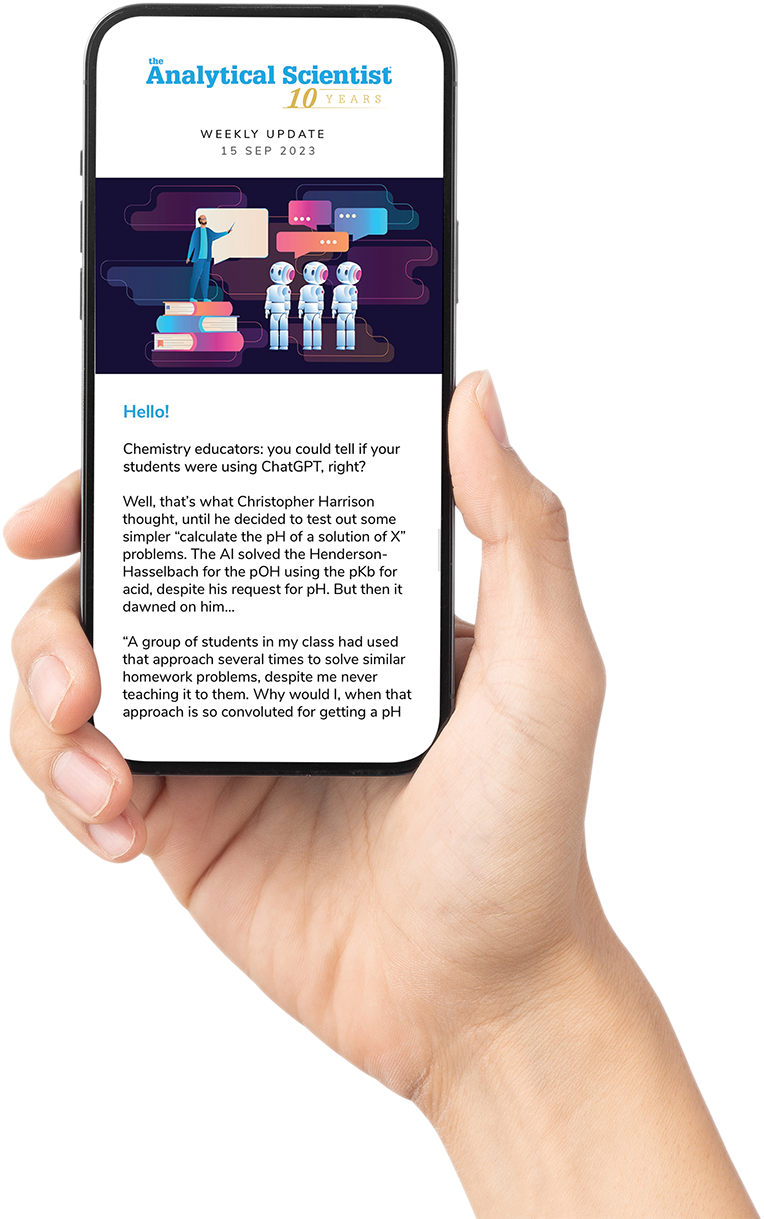A new wearable wristband that continuously monitors both chemical and cardiovascular health markers has been developed by researchers at the University of California San Diego. The device integrates electrochemical and ultrasound-based sensors to simultaneously track glucose, alcohol, lactate, blood pressure, heart rate, and arterial stiffness.
The system, described in Nature Biomedical Engineering, combines a microneedle array with embedded enzymes for chemical sensing and a flexible ultrasound array for noninvasive cardiovascular measurements.

“Comprehensive and effective management of diabetes requires more than just a single glucose reading,” said An-Yi Chang, co-first author and postdoctoral researcher in the Aiiso Yufeng Li Family Department of Chemical and Nano Engineering at UC San Diego, in a press release.
Each microneedle in the array is functionalized with a specific oxidase enzyme – glucose, lactate, or alcohol oxidase – to selectively detect its corresponding analyte in the interstitial fluid. These enzyme-functionalized electrodes are designed to be replaceable, minimizing infection risk and enabling extended use.
For cardiovascular monitoring, a soft ultrasonic sensor records pulse waveforms at the radial artery. A time-of-flight algorithm estimates blood pressure and arterial stiffness by analyzing the travel speed of the pressure pulse between two ultrasonic sensing regions. Concurrently, ECG electrodes incorporated into the wristband measure heart rate.
In validation tests, the chemical readings aligned closely with commercial reference devices: glucose measurements were consistent with those from a standard fingerstick glucometer and continuous glucose monitor; alcohol detection tracked with a breathalyzer; and lactate readings during exercise mirrored those from a professional blood lactate meter.
On the cardiovascular side, the ultrasound-based blood pressure readings differed by only 4.4 mmHg (systolic) and 6.0 mmHg (diastolic) from a commercial cuff, while heart rate and arterial stiffness measurements demonstrated comparable accuracy.
A smartphone interface displays synchronized, continuous readings from both sensor modules, allowing users to observe how factors like meals, exercise, and alcohol intake impact their metabolic and cardiovascular status in real time.
The authors envision expanding the system’s analytical capabilities further and incorporating data analytics. Future plans include adding new biomarkers and powering the device using sweat or sunlight. They also propose integrating machine learning to interpret personal health trends from the multimodal data.



